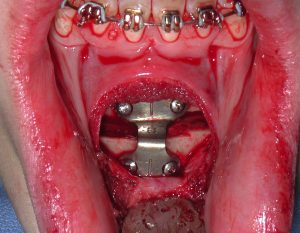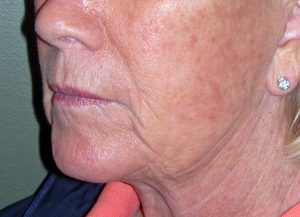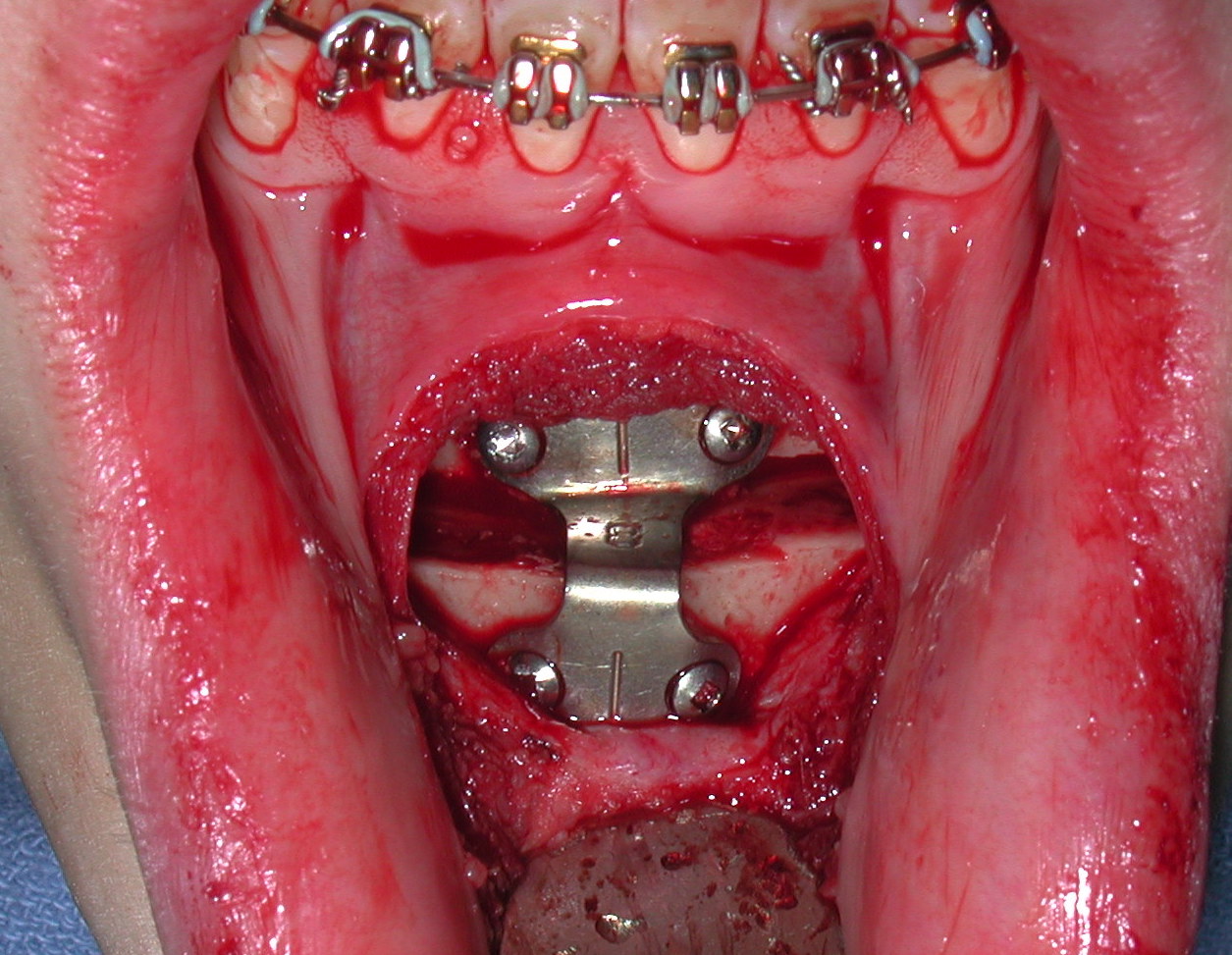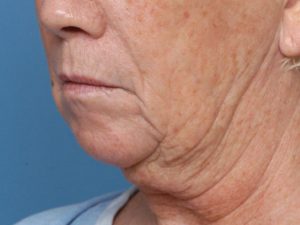The sliding genioplasty is a well known chin augmentation that is most commonly performed in younger male and female patients. Besides the greater invasiveness of the procedure what really separates it from a chin implant is its effects on the submental or anterior neck region. By pulling the chin bone forward the attached soft tissues to its underside and posterior surface stretches out the neck tissues which improves a submental fullness and any loose anterior neck skin. How significant those soft tissue effects are is influenced by the amount of horizontal advancement that is done.

In the advanced article section of the July 2022 issue of the Aesthetic Surgery Journal, an article was published on this topic entitled ‘Incorporating the Osseous Genioplasty Into Rejuvenation of the Lower Face’ In this paper the author’s review their ten-year experience with performing a bony genioplasty in almost forty (37) patients with an average age of 45 years, most of which were female. (70%) Of this group about one-third (30%) have the procedure performed in isolation. About 20% of the patients had rejuvenated procedures of liposuction, platysmaplasty and facelift performed concurrently.

Dr. Barry Eppley
Indianapolis, Indiana




